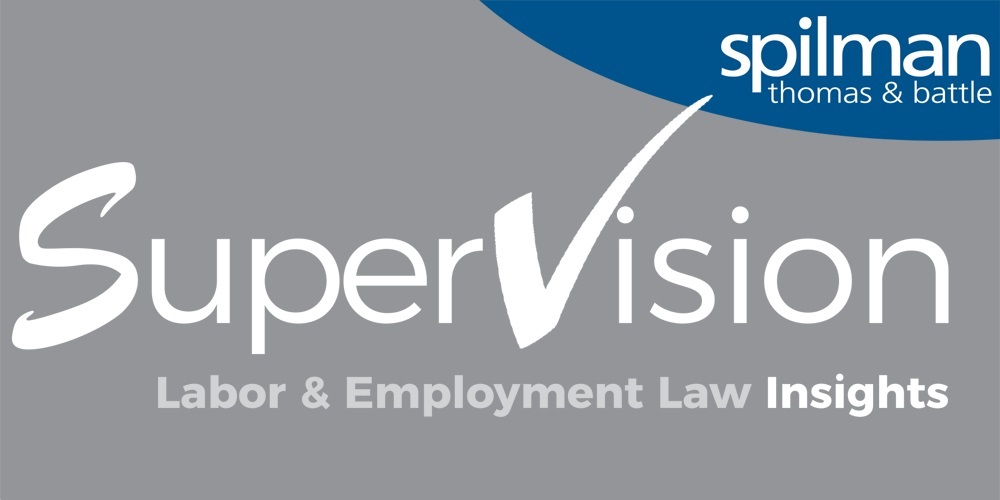Article
Resources
Article
Doing a Deal? Include your Labor and Employment Lawyer

While engaging a talented corporate transactional lawyer is critically important to the success of a merger, sale or acquisition, a lesser-known -- but integral -- part of the transaction team should be a skilled labor and employment lawyer. Particularly on the buyer's side, a labor and employment lawyer can identify potential labor and employment issues with the target company that may impact the structure of the deal, the purchase price, or even whether or not the transaction will be consummated. Following is a brief discussion of the areas in which a labor and employment lawyer can add significant value to a transaction.
I. Structure
The first consideration on which the labor and employment lawyer can weigh in -- one that goes to the very heart of the matter -- is the structure of the transaction. There are numerous employment-related considerations that bear upon the asset versus stock purchase decision by the buyer. There are pros and cons of each type of acquisition.
For example, a stock acquisition:
- Eases typical transition-related employee integration issues because employees are transferred without a break in service;
- Minimizes the risk of WARN or other layoff-related litigation associated with breaks in service;
- Eliminates the need for numerous assignments between the parties for employment contracts, restrictive covenants, etc.;
An asset acquisition:
- Permits the buyer to decide which employees to hire;
- Allows the buyer to negotiate the employment-related liabilities it will assume;
- For unionized sellers, allows the buyer to decide whether or not to assume the collective bargaining agreement or work with the union to negotiate new terms and conditions; and
- Provides buyer with the opportunity to set the initial terms and conditions of employment for new employees and modify unfavorable employment-related agreements.
II. Employee Classification and Pay Issues
Buyer's labor and employment counsel can review a myriad of employee-related issues associated with the seller's workforce including:
- Classification of employees for purposes of overtime under the FLSA and applicable state law;
- Appropriateness of any independent contractor designations;
- Overtime calculation methodologies;
- Compensability of preliminary and postliminary work activities;
- Wage and hour recordkeeping;
- Salaried-exempt status classifications;
- Travel and training time pay practices;
- Bonus payments;
- I-9 and verification compliance;
- FMLA and other time off policies; and
- Child labor law compliance.
III. Potential Litigation Risks
Skilled labor and employment counsel can review employment practices and policies and the seller's litigation history to identify both isolated and systemic employment litigation risks. Examples include reviewing documents, practices, records and policy evidencing:
- Litigation volume and types of cases;
- Quality and frequency of anti-harassment and anti-discrimination training;
- Clarity of and training on the employee handbook;
- Terminations and layoffs within the applicable statute of limitations;
- Demand letters from attorneys;
- Review and analysis of severance agreements and releases for enforceability and legal compliance;
- EEO-1 forms and reporting compliance;
- Recruiting, advertising, interviewing and hiring processes;
- Reasonable accommodation/interactive process under the ADA;
- Employee evaluation process;
- Policies on benefit/leave time payout upon cessation of employment; and
- Documentation of employment investigations.
IV. Conclusion
Labor and employment issues are woven throughout mergers and acquisitions. Both sellers and buyers should make certain that the corporate transaction legal team includes skilled labor and employment counsel from the very beginning of a potential deal. Please let us know if you have any questions.


